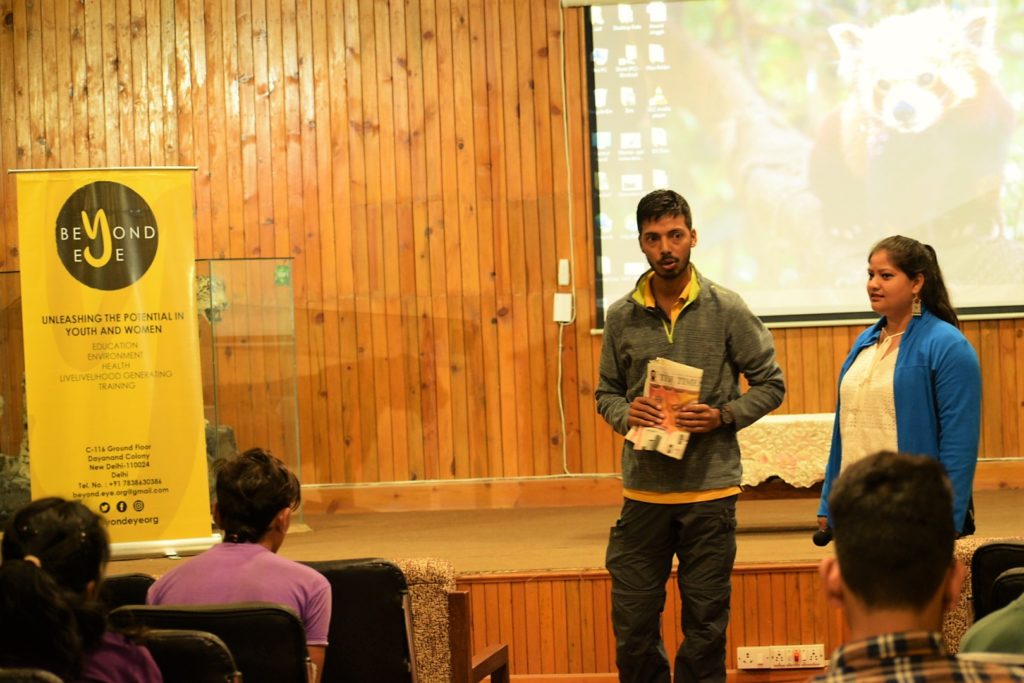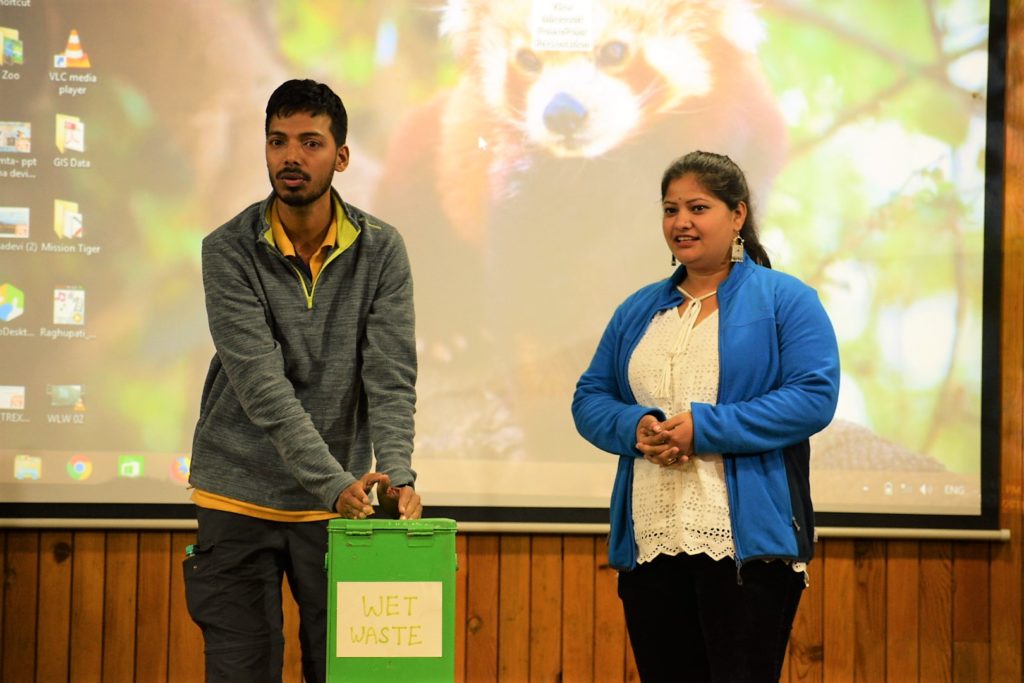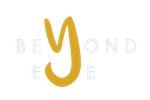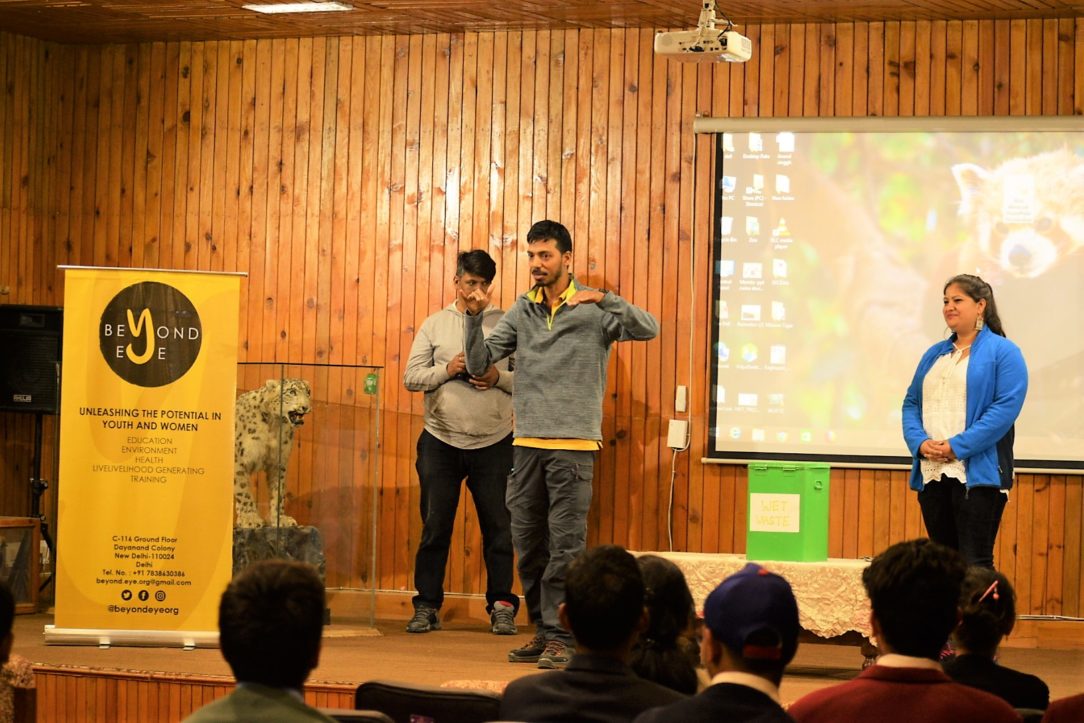
Every year in the first week of October, wildlife week is celebrated by wildlife lover, nature lover and conservationist in their own ways. It’s kind of an annual celebration which is celebrated at Nainital Zoo, organized by Nainital forest Division, in which a lot of programmes are organized by the forest department, NGOs and wildlife lovers. The main aim of this event is to raise awareness for the conservation of Environment and Nature.
Because we believe, together we can and will save our wildlife.
In the present era, we all are aware about the environmental problems which emerged recently. Due to increasing human population there is an urgent need to complete the basic needs of every human being, these are food, shelter and clothes. To complete this basic need we are creating more pressures on earth, it may be either directly or indirectly. Also one of the major causes for most of the problems is lack of proper awareness, in which lack of proper solid waste management practices is one of them.
The problems of waste is increasing day by day due to rapid urbanisation and unplanned development in various sectors; which are directly or indirectly affecting human lives due to lack of proper awareness in solid waste management practices.
A nationwide campaign “SWACHH BHARAT MISSION” was launched on October 2nd in the year 2014 with the aim of cleaning India as one of its prime focuses. Aligning with the mission of this campaign with Beyond Eye’s, we sent two of its representatives, Priyanka Rawat and Hari S. Dev to organize awareness training workshop on solid waste management practices at Pt. G.B. Pant High Altitude Zoo, Nainital.
The presentation was started with a two minute video showing the amount of garbage generated every day by our day to day activities. The only intention of this video was to present the ground reality of waste issues in front of trainees and what happens when we throw our garbage and where it goes. We also shared a success story of Solid Waste Management practices done by some person in their area.

Then we moved to the next session on one to one interaction with everyone through a small question. According to you what is WASTE? And what images have been made in your brain if you hear a word “WASTE”. Most of the answers were common like KUDA, GANDA, KACHRA, DUSTBINS etc.
Then we started to our main presentation on SWM through three presentation boxes (Each box represents each dustbins respectively Food waste only, Recyclable waste and Non- Recyclable waste).
We started our discussion on waste, how it generated, types of waste, in which we presented dustbins with labels “WET WASTE and DRY WASTE”. Which were further divided into three dustbins. These were:
- Food waste only,
- Recyclable waste,
- Non- Recyclable waste.
We have done a detailed discussion with the trainees on each topic with some interesting real life examples like how you deal with your waste in schools, in offices, at public places and while you are travelling.

Most of the answers were quite common like we are using dustbins but sometimes at some places there are no dustbins then it’s a problem to throw the waste. What can we do about this?
To it, some trainees shared their views. Some said that they are using dustbins properly and they are doing Solid Waste Management on their own. But due to lack of time we cannot continue.
We answered, here we created a very simple method of Solid Waste Management practices with minimum resource and we shared it with everyone. In the end we took some questions/ answers session with all trainees. Some of the questions were:
What we can do with medical waste and electronic waste? What are the best solutions to remove them? The only solution is to Reduce, Reuse and Recycle your waste, and follow one rule, that is segregation at source.
Basically we started our presentation with the help of three different size boxes which we called dustbins, we divided waste into two categories for the better understanding which are Wet waste and Dry waste, and then dry waste divided into two category Recyclable and Non-Recyclable waste respectively.

When we discussed the waste and types of waste, we started a detailed conversations on 3 R’s means Reduce, Reuse and Recycle and showing them with two basic examples including news paper and water bottle. And it was really very nice to know about the answers from the students.
Before ending this presentation we focused on solution, what steps we must follow for Solid Waste Management practices.
For Food waste only we shared a small story on how to easily convert food waste into compost, so that we can use this compost in our garden.
Recyclable waste can be used as part of recyclable process in manufacturing units through kabadiwalas or any other methods and for Non- Recyclable waste we can do further processes as per Solid Waste Management Rule, 2016.
The overall presentation was based on the importance of segregation for the proper solid waste management practices. Avoid single use plastic as much as possible. Also we have shared a lot of interesting facts on a small scale like what solutions we have to tackle for the used cigarette end, thermocol, plastic bottles, tetra packs and baby diapers etc.

